Learn the Ropes of Playing Bridge – A Game with Rich History
Bridge is a great card game because it can be challenging and strategic, plus it’s sociable as it’s played in groups of four. In this guide, we’ll run through the basics of the game and give you an idea of how it works.
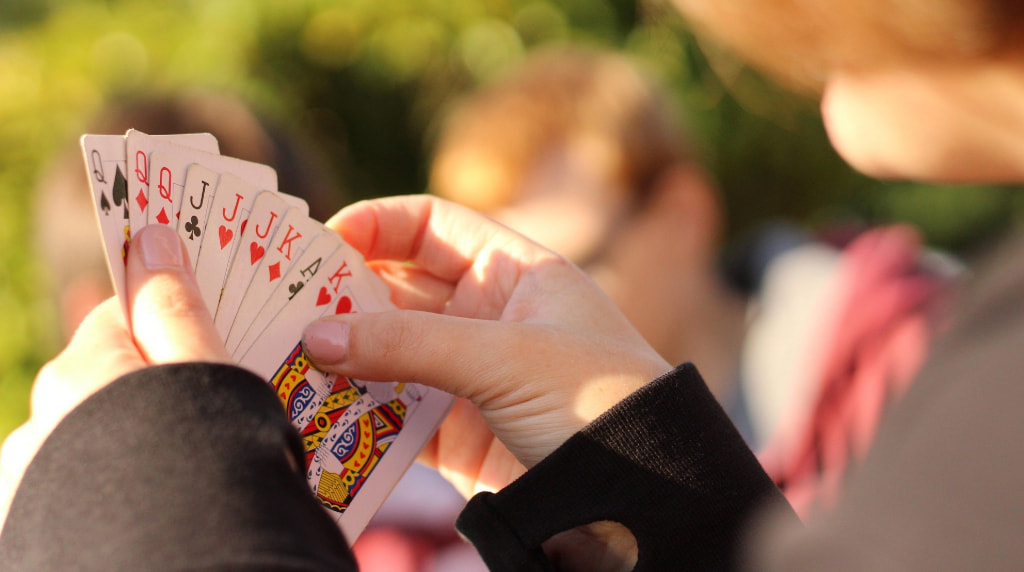
Guide to Playing Bridge © Andre_Grunden, Pixabay
What Is Bridge?
Bridge, also known as contract bridge, is a card game played by four people in two teams of two. It’s widely played, with millions of people regularly taking part in local tournaments, playing at local clubs and challenging others online. Seniors, in particular, enjoy playing it.
It’s classed as a trick-taking card game. A trick is a round where everyone plays a card from their hand to the table in a set order; the cards are then valued, and the player who wins the trick is usually the one with the highest-ranking card.
Tricks are evaluated separately, so a player could win one but lose the next. The term ‘taking the trick’ simply means winning a single trick or round. Understanding how a trick works is key when learning how to play bridge.
Bridge can be easy to play once you know what you’re doing. A similar game would be baccarat, and online baccarat sites offer many variations of it.
Once you know how to play bridge card game, baccarat will seem like a walk in the park since you’re betting on which of two hands gets the closest to 9.
Setting up a Game of Bridge
To play bridge, you need a total of four players, a standard deck of 52 cards, a table to sit at and something to keep track of scores with. You can use a pen and paper or even a phone if you want.
Before playing, the players arrange themselves into two teams, with teammates sitting directly opposite each other at the table. Cardinal directions are then assigned to each team, so one is North-South and the other is East-West.
One of the players then shuffles the deck; it doesn’t matter who does this. The four players should also decide who will be the dealer for the first round.
Another way of determining the dealer is for each player to draw a card; whoever has the highest-ranking one becomes the dealer. If you do this, shuffle the drawn cards into the deck afterwards.
Once a dealer has been established, they deal the full deck of 52 cards, one card at a time. They start with the player on their left and keep dealing until everyone (themselves included) has 13 cards exactly.
According to bridge etiquette, you can only look at your hand once all four players have been dealt 13 cards. Even though you have a teammate, you’re only allowed to look at your own hand.
At the end of each round, the player to the left of the current dealer becomes the dealer for the next round. This is to ensure no one has to deal cards in every round.
In standard games of bridge, cards are ranked from highest to lowest in the following way: A, K, Q, J, 10, 9, 8, 7, 6, 5, 4, 3, 2. There are also suit rankings, which will be explained later.
The Bidding Phase
A game of bridge is split into two phases: bidding and play. The bidding phase begins once all four players have been dealt 13 cards. Whoever is sitting to the left of the dealer makes the first bid.
When placing a bid, you have to supply two pieces of information: a number from 1-7 and a suit of cards (as well as the four suits, there’s a fifth option: no trump).
There are a total of 13 rounds in the play phase of bridge. When bidding, you’re confirming how many of these rounds you think you and your teammate will win.
You’re required to win six rounds, so when you choose a number from 1 to 7, you’re predicting how many additional rounds you’ll win. Since there are 13, you can’t choose a number greater than 7.
The bid also includes a suit. Generally speaking, this should be whichever suit is the most common in your hand. If no suit stands out as the most common, you should go for no trump.
Once the first player (the one to the left of their dealer), the next player has to place a higher bid or pass. A higher bid contains a more valuable card and/or suit.
The suits are ranked for bidding purposes from highest to lowest as follows: no trump, spades, hearts, diamonds and clubs. A bid of 1 clubs is therefore the lowest, while a bid of 7 no trump is the highest.
The bidding round ends when someone places a bid and the other three players all pass. The winning bid then becomes the contract. This is how many rounds the winning player and their teammate must win to score points.
The Play Phase
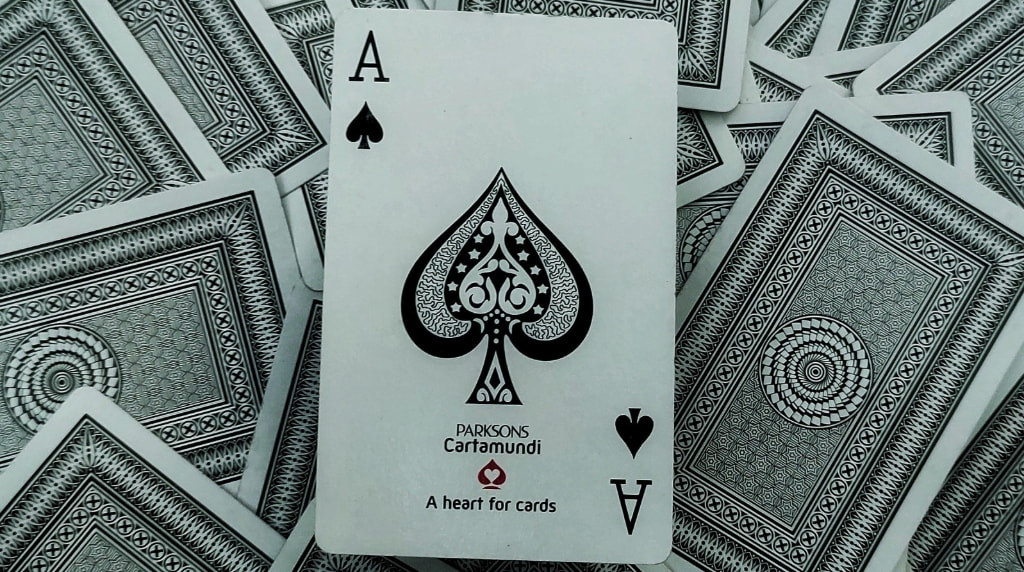
Having aces in bridge tricks is very important © pseudonymous123, Pixabay
Whoever placed the contract in the previous round (the winning bid) becomes the declarer, and their teammate becomes the dummy. The other team’s players both become defenders. The dummy then places all their cards face up on the table.
The player to the declarer’s left takes a card from their hand and places it face up on the table. This is the opening lead. Other players then do the same, going in a clockwise order.
Players must choose a card that matches the suit of the opening lead. If they don’t have a card that meets this requirement, they may choose any other card.
When it’s the dummy’s turn, the declarer looks at the dummy’s hand and decides which card they’ll play. Once all four players have placed a card in the middle of the table, the round is over.
A trump card is any card that matches the suit mentioned in the contract. If there’s at least one trump card among the four on the table, whoever has the highest-ranking trump card wins.
For example, let’s say the suit mentioned in the contract is spades. The four cards are as follows:
- 2 of spades
- 4 of spades
- 10 of spades
- Queen of spades
In this case, whoever has the queen of spades wins (along with their teammate). All cards are of the same suit, but the queen is the highest-ranking card, so the queen wins.
If none of the four cards on the table are trump cards, the winner is decided differently. It’s whoever has the highest-ranking card that matches the suit of the opening lead.
We’ll say the suit in the contract is hearts and the opening lead is king of clubs. The other three cards are five of spades, six of diamonds and ace of clubs. The player with the ace of clubs would win.
This is because their card matches the opening lead and it ranks higher since the ace is counted as one above the king. The winner of the current round then becomes the declarer for the next round.
During play, each team should keep track of how many rounds they’ve won. Once 13 rounds have been played, the game is over. It’s then determined whether the bidding team made their contract.
To make their contract, the bidding team has to win as many rounds as they’d predicted or more. If the bid was 4 hearts, for example, the bidding team has to win 4 + 6 rounds, for a total of 10.
Points
If the bidding team makes contract, they earn points. If not, points go to the other team, i.e. the defenders. The way points are determined in bridge is quite complicated. There are two main methods: rubber and duplicate.
The rubber method is most frequently used in casual games of bridge. As for the duplicate way of scoring, you’ll most often see this being used in competitive bridge and tournaments.
In rubber bridge, multiple games are played until a team has won over 100 points from a single game, twice. When a team does this, they win a bonus and both teams scores are added up.
The team with the most points is the overall winner. More often than not, the team that wins the bonus ends up winning the whole game.
In duplicate bridge, the method of determining points is more varied and looks at teams’ performance and rankings more closely. In both rubber and duplicate bridge, there are at least half a dozen factors that determine the points scored.
Summary
Now that you’ve read this guide, you should have a pretty good idea of how to play contract bridge. This article focuses on beginners and covers the basics of playing the game.
If you decide to give the game a go, great! You’re sure to enjoy playing it. Just be aware that it will probably take you a few games to get used to everything.
Practise playing bridge; you never know, you could end up joining a local club and meeting new people. Bridge can be a lot of fun and open many doors, so it’s worth giving the game a shot.
 Is There a Catch When Claiming Wager-Free Bonuses?
Is There a Catch When Claiming Wager-Free Bonuses?
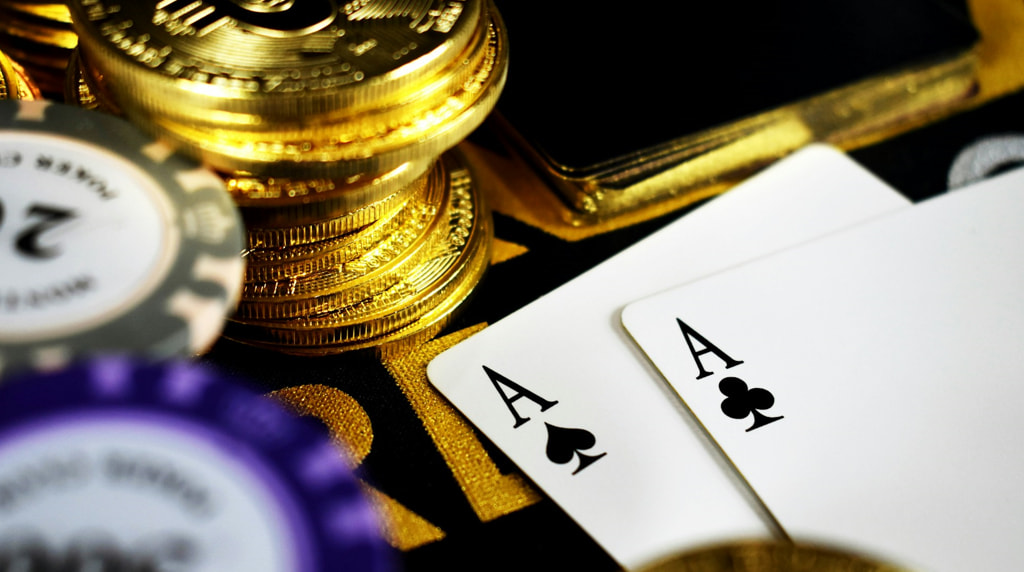 Benefits and Disadvantages of Casino Loyalty Programmes
Benefits and Disadvantages of Casino Loyalty Programmes
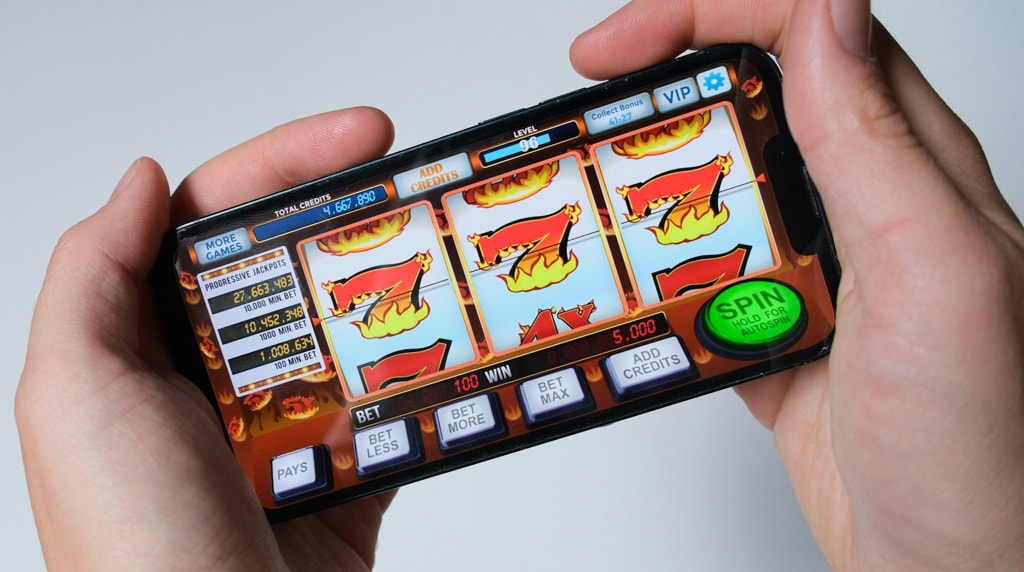 Reasons for Online Slots Being Removed from Casino Sites
Reasons for Online Slots Being Removed from Casino Sites
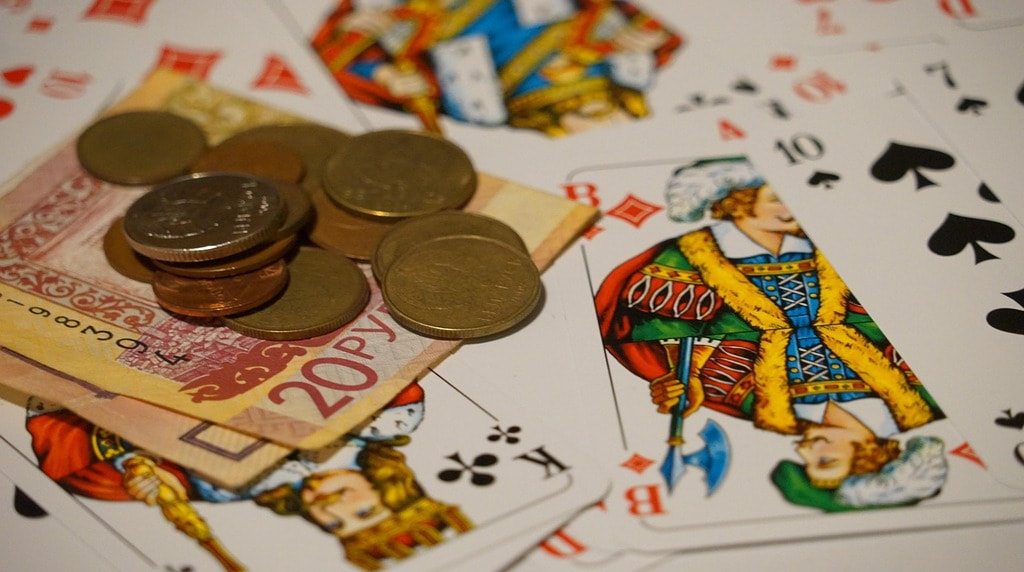 Sticky and Non-Sticky Casino Bonuses Explained
Sticky and Non-Sticky Casino Bonuses Explained